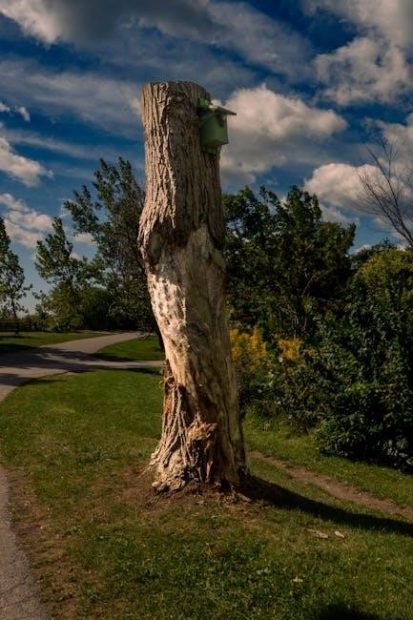A stump shade guide is a dental tool used to standardize tooth shade matching, ensuring accurate restorative outcomes. It offers a structured approach to color selection, aiding dentists in achieving natural-looking results. By organizing shades systematically, it enhances efficiency and precision in dental procedures, benefiting both clinicians and patients.

Definition and Purpose
A stump shade guide is a dental tool used to standardize tooth shade matching, helping dentists select the most accurate shades for restorations. It consists of a series of shaded tabs that replicate natural tooth colors, allowing for precise comparison and selection. Its primary purpose is to ensure restorations blend seamlessly with natural teeth, enhancing aesthetic and functional outcomes. By providing a structured approach, it simplifies the shade matching process, reducing guesswork and improving consistency in dental procedures.
Importance in Dentistry
The stump shade guide plays a pivotal role in achieving accurate and aesthetically pleasing dental restorations. It ensures consistency in shade matching, reducing discrepancies between natural teeth and restorations. This tool enhances communication between dentists and laboratories, streamlining the restoration process. By providing a standardized reference, it minimizes errors and improves patient satisfaction. Accurate shade matching also maintains dental aesthetics, which is crucial for both functional and psychological well-being, making the stump shade guide an indispensable asset in modern dentistry.
Understanding Tooth Shade Matching
Tooth shade matching involves selecting the correct shade for dental restorations, ensuring natural aesthetics. Guides help standardize this process for accurate, visually pleasing results.
Principles of Color Matching
Color matching in dentistry relies on understanding hue, saturation, and value. Proper lighting and standardized shade guides ensure accuracy. Photography aids in documenting and comparing shades, enhancing precision.
Factors Influencing Shade Selection
Shade selection is influenced by tooth preparation, lighting conditions, and patient preferences. The stump shade guide helps standardize choices, but factors like tooth discoloration and surrounding dentition also play a role. Proper lighting and technician expertise are crucial for accurate matching, ensuring natural and aesthetically pleasing results.
Components of a Stump Shade Guide
A stump shade guide typically includes a series of shade tabs, reference markers, and an organized structure to facilitate precise color matching for dental restorations.
Structure and Design
The stump shade guide is meticulously designed for practicality and precision. It features a series of shade tabs arranged in a logical sequence, often grouped by chroma and value. The tabs are typically made from high-quality, durable materials to ensure color accuracy and longevity. Some guides include additional markers or references to guide the clinician’s eye, enhancing usability. The compact, ergonomic design allows for easy handling, making it a indispensable tool in dental procedures.
Shade Range and Variations
Modern stump shade guides offer an extensive range of shades, catering to diverse dental needs. They include variations from natural, vital tooth shades to bleached and discolored options. Some guides feature incremental changes in hue and saturation, allowing precise matches for various clinical scenarios. This comprehensive range ensures that dentists can address both typical and complex cases, enhancing the likelihood of achieving aesthetically pleasing and functional restorations.
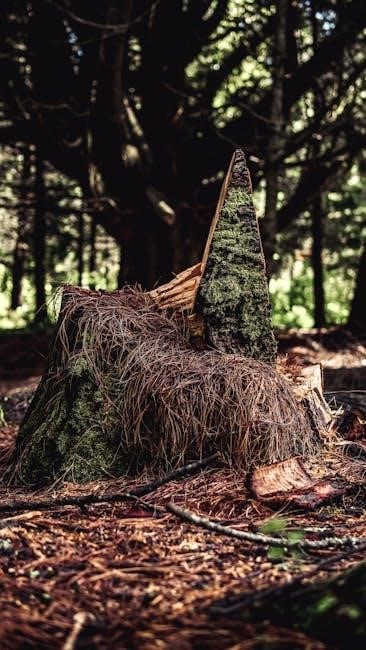
How to Use a Stump Shade Guide
Understand the structure and shade variations. Compare patient’s tooth shade with guide samples under proper lighting. Document findings for accurate restorations.
Step-by-Step Process
Prepare the tooth by cleaning and drying it. Use natural light or an LED source for accurate color comparison. Compare the tooth shade with the guide systematically, starting from light to dark. Select the closest match and document the shade for records. Verify the shade with the patient and proceed with restoration. Ensure consistency by following the same process for all cases.
Tips for Accurate Shade Matching
For precise shade matching, use natural light or a consistent light source to minimize color distortion. Avoid shadows and ensure the tooth is clean and dry. Consider using photography to document and compare shades. Test shades in different angles and consult a second opinion if unsure. Match shades in the morning when color perception is optimal. Be mindful of patient-specific factors like skin tone and hair color when selecting shades for aesthetic harmony.
Advanced Tools and Technology
Digital shade matching systems and advanced photography tools enhance accuracy and efficiency in shade selection, offering precise color analysis and documentation for optimal dental restorative outcomes.
Digital Shade Matching Systems
Digital shade matching systems utilize advanced software and cameras for precise color analysis, enhancing accuracy in tooth shade selection. These systems employ machine learning algorithms to improve consistency and reduce human error. They provide real-time data, enabling dentists to communicate effectively with labs and patients. By integrating technology, these tools streamline the shade matching process, ensuring more predictable and aesthetically pleasing outcomes in restorative dentistry.
Role of Photography in Shade Matching
Photography plays a crucial role in shade matching by providing accurate visual documentation of tooth shades. It captures detailed color information, aiding dentists in achieving precise matches. Photographs are especially useful for dark stumps or multiple prepared teeth with varying shades. Proper lighting and angles ensure consistent results, enhancing communication between clinicians and laboratories. This tool supports better treatment planning and predictable aesthetic outcomes in restorative dentistry.
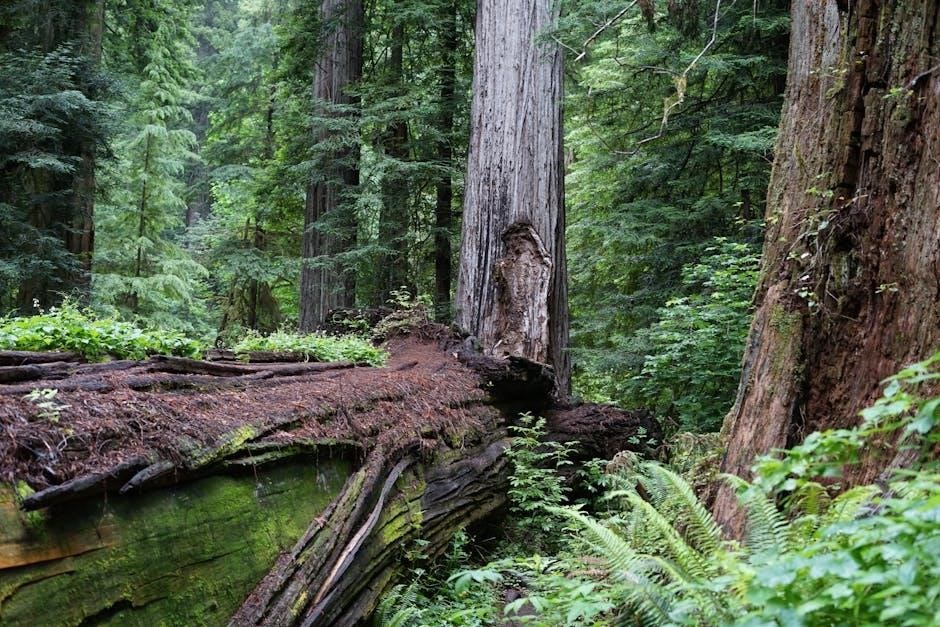
Challenges in Stump Shade Matching
Challenges include human error, lighting variability, and tooth discoloration, which can affect accuracy. Dark stumps and multiple shades add complexity, requiring skilled clinical judgment and experience.
Common Difficulties
Common difficulties in stump shade matching include variability in lighting conditions, human error in color perception, and the subjective nature of shade selection. Tooth discoloration, especially in dark or discolored teeth, complicates accurate matching. Additionally, the influence of surrounding dental work and soft tissues can make it challenging to achieve a precise match. These factors highlight the need for skilled clinical judgment and reliable tools to overcome these obstacles effectively.
Solutions and Best Practices
To address challenges in stump shade matching, use digital shade matching systems for accuracy and consistency. Photography is invaluable for documentation and comparison, especially with dark or multi-shade cases. Ensure proper lighting conditions and consider the influence of surrounding tissues. Regular training and experience improve clinical judgment. Utilize high-quality stump shade guides with comprehensive shade ranges to enhance precision. Combining these strategies ensures reliable and aesthetically pleasing outcomes in dental restorations.

Case Studies and Real-World Applications
Real-world applications demonstrate the stump shade guide’s effectiveness in improving dental restorations. Case studies highlight successful shade matching, showcasing its practical benefits and clinical relevance for dentists.
Success Stories
Success stories highlight the stump shade guide’s impact in achieving precise color matches. Dentists report improved patient satisfaction and natural-looking restorations. A study noted enhanced accuracy in challenging cases, such as severely discolored teeth. Photographs of before-and-after results demonstrate its effectiveness. Clinicians emphasize how the guide streamlines shade selection, reducing guesswork and saving time. These real-world outcomes underscore the tool’s value in modern dental practices, making it an indispensable resource for achieving aesthetic and functional excellence.
Lessons Learned
Experience with stump shade guides reveals key lessons for optimal use. Proper lighting and calibration are crucial for accurate matches. Photography aids documentation and communication. Consistent training enhances reliability, while patient-specific factors like tooth preparation and surrounding tissues must be considered. These insights highlight the importance of a structured approach to shade matching, ensuring predictable and satisfying outcomes in dental restorations.
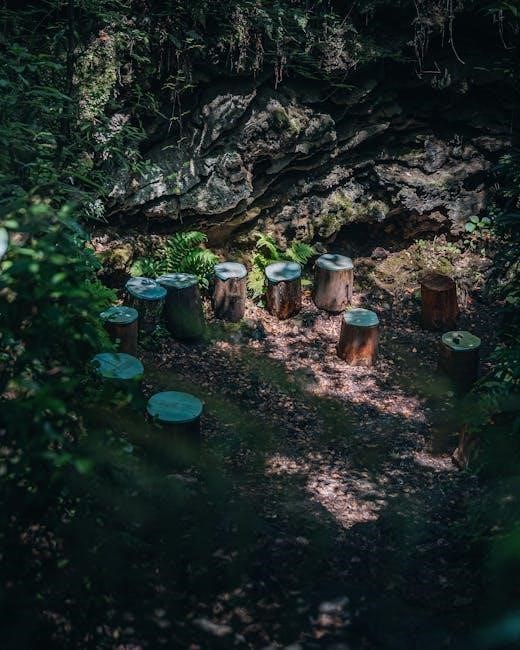
The stump shade guide is an essential tool in dentistry, enhancing accuracy and efficiency in tooth shade matching. Its structured approach ensures natural, aesthetically pleasing restorations, benefiting both clinicians and patients.
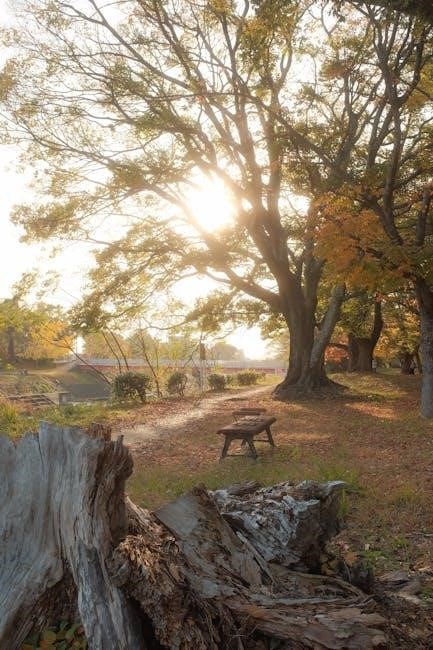
Future Trends
The future of stump shade guides lies in digital integration and advanced materials. Digital shade matching systems will likely replace traditional guides, offering real-time accuracy. AI-driven tools may predict optimal shades, enhancing precision. Photography will play a key role in documentation and communication between dentists and labs. Additionally, 3D printing could enable customizable guides, while nanoceramics may improve shade range and durability. Sustainability efforts may also lead to eco-friendly production methods, ensuring longevity and efficiency in dental practices.
Final Thoughts
The stump shade guide remains a cornerstone in modern dentistry, bridging art and science for precise tooth restoration. Its evolution reflects advancements in materials and technology, enhancing accuracy and efficiency. As digital tools rise, the guide adapts, ensuring relevance in contemporary practice. Embracing these innovations while valuing traditional methods will continue to elevate dental care, providing patients with natural, aesthetically pleasing outcomes. The guide’s enduring utility underscores its vital role in achieving optimal restorative results.
